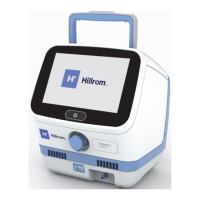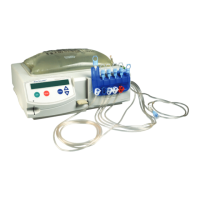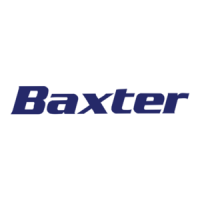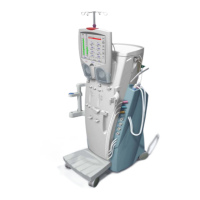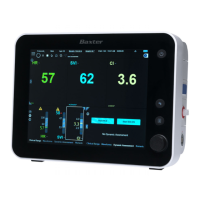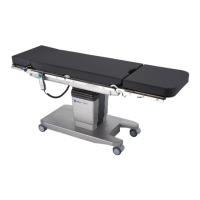Technical Specifications
128 Hillrom Progressa ICU Hospital Bed Instructions for Use (171528 REV 15)
1720 1700-1990 GSM 1800;
CDMA 1900;
GSM 1900;
DECT; LTE Band
1,3, 4, 25; UMTS
Pulse
modulation 217
Hz
20,3 28
1845
1970
2450 2400-2570 Bluetooth
WLAN, 802.11
b/g/n, RFID
Pulse
modulation 217
Hz
20,3 28
5240 5100-5800 WLAN
802.11
a/n
Pulse
modulation 217
Hz
0,2 0,3 9
5500
5785
Recommended Separation Distances between Portable and Mobile RF Communications Equipment and the
P7500 Model
The P7500 is intended for use in an electromagnetic environment in which radiated RF disturbances are controlled.
The customer or the user of the P7500 can help prevent electromagnetic interference by maintaining a minimum dis-
tance between portable and mobile RF communications equipment (transmitters) and the P7500 as recommended
below, according to the maximum output power of the communications equipment.
Rated maximum output
power of transmitter, W
Separation distance according to frequency of transmitter, m
150 kHz to 80 MHz
d = 1.2√ P
80 MHz to 800 MHz
d = 1.2√ P
800 MHz to 2.5 GHz
d = 2.33√ P
0.01 0.12 0.12 0.23
0.1 0.38 0.38 0.73
1 1.2 1.2 2.3
10 3.8 3.8 7.3
100 12 12 23
For transmitters rated at a maximum output power not listed above, the recommended separation distance d in
metres (m) can be estimated using the equation applicable to the frequency of the transmitter, where P is the maxi-
mum output power rating of the transmitter in watts (W) according to the transmitter manufacturer.
NOTE 1: At 80 MHz and 800 MHz, the separation distance for the higher frequency range applies.
NOTE 2: These guidelines may not apply in all situations. Electromagnetic propagation is affected by absorption and
reflection from structures, objects and people.
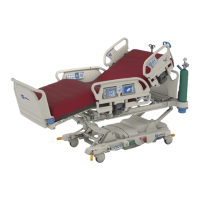
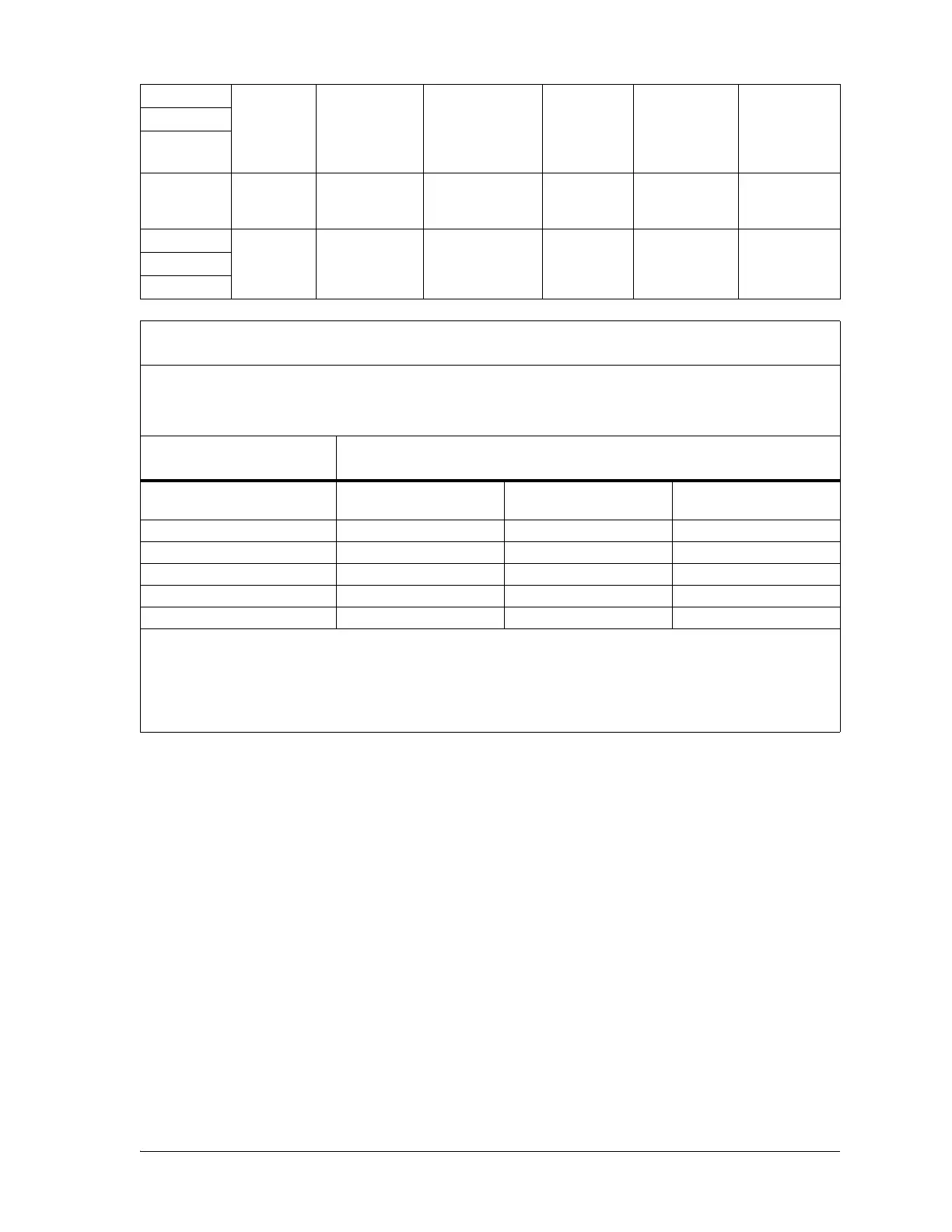